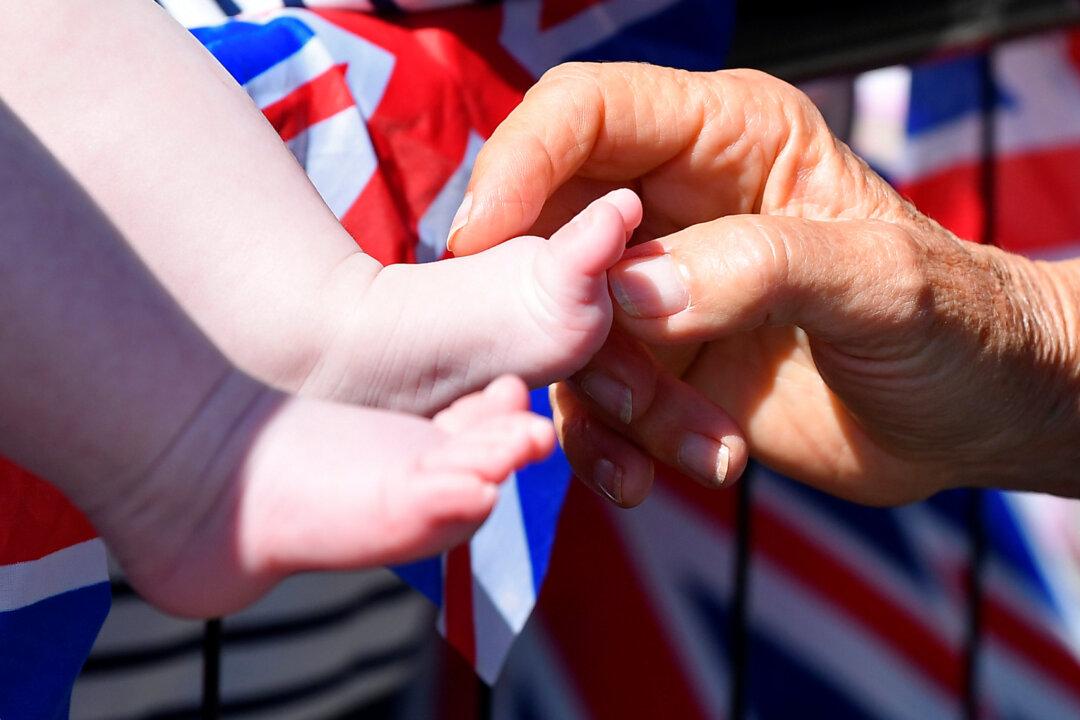News Analysis
As Pope Francis calls on young Italians to have fewer pets and more children, the issue of a declining fertility rate has also been brought to the fore in the UK.

As Pope Francis calls on young Italians to have fewer pets and more children, the issue of a declining fertility rate has also been brought to the fore in the UK.